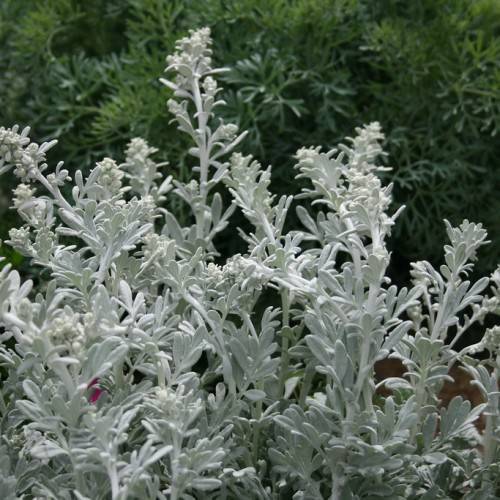
Oldwoman
Artemisia stelleriana
Also Known As - Hoary SagebrushWatering:
Minimal
Hardiness Zone:
Sun:
full sun,part shade
Leaf:
Yes
Growth Rate:
Low
Poisonous To Humans:
Yes
Poisonous To Pets:
Yes
Drought Tolerant:
Yes
Salt Tolerant:
Yes
Invasive:
Yes
Care Level:
Medium
watering
Alpine Wormwood (Artemisia norvegica) should be watered about once a week until the plants are established and growing. Water should be applied directly to the soil and should allow the soil to dry out before the next watering. In the summer months, water slightly more often but do not allow the soil to be constantly wet. In the winter, reduce watering and let the soil nearly dry before watering again. It is best to water in the morning to allow time for the soil to dry throughout the day, avoiding fungal issues.
sunlight
Alpine Wormwood (Artemisia norvegica) prefers full to partial sunlight and direct sun for at least 6 hours per day. It does best in regions with cooler summers and longer days, as it can tolerate temperatures in the low 90's but may become stressed in more extreme heat. It will also need some afternoon shade when temperatures soar to ensure that its foliage doesn't burn. This plant also benefits from early morning sun to help get its growth started and maintain vigor throughout the growing season.
pruning
Alpine Wormwood should be pruned in early spring, just after the last frost of the season. Pruning should be done judiciously, and no more than 1-quarter of the total height of the plant should be removed. It is a good idea to prune the plant when it is young, as it will be easier to manage with less pruning required with age. Pruning should be done with clean, sharp pruning shears to avoid damage to the plant. Dead branches should be removed first, and then the living branches should be selectively thinned. When pruning Alpine Wormwood, it is important to avoid removing too many branches, as this could cause the plant to become weak and leggy. Finally, shape the plant as desired, and do a final trim of the plant, removing any stray branches that don’t fit the desired shape.
